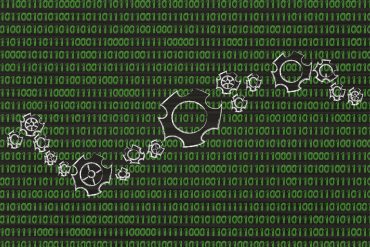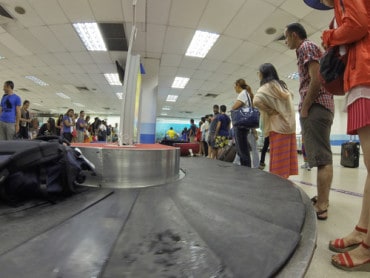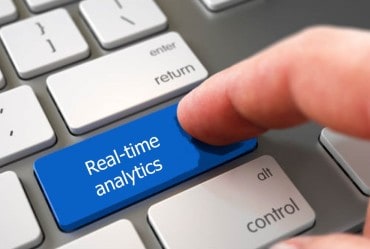
Researchers at Texas A&M University have developed a way to predict weather hazards, vulnerability of electric grids and the economic impact of the potential damage.
Another interesting – as well as potentially life-saving and economically powerful — application of real-time technology is emerging from the labs of Texas A&M University.
Aggie researchers say they have developed an intelligent model that can predict a potential vulnerability to utility assets and present a map of where and when possible outages may occur.
“Utility grids and related assets are mostly located outdoors and are exposed to all kinds of weather hazards,” said Mladen Kezunovic, professor at A&M. “Dealing with aging infrastructure assets adds another layer of complexity that utility companies face. Any kind of environmental data that has some relevance to the power system can be fed into this prediction framework..
The smart grid gets smarter
The model takes the smart grid concept to a new level, providing a capability to predict weather hazards, vulnerability of electric grids and the economic impact of the potential damage. By analyzing the impact of a potential vulnerability and weather impacts on power system outages, the researchers can predict where and when outages can occur.
[ Related: GE’s Big Selling Point: Asset Performance as a Service ]
For example, predicting an optimal tree-trimming schedule that would minimize the risk of vegetation-related outages is one of the applications. Data such as a utility company’s operational records, weather forecasts, altitude and vegetation around the power systems can be used to customize the applications of the model.
The implications of being able to predict service outages or disruptions in real time – and prevent them, has obvious benefits in terms of preventing hazards as well as supporting ongoing commercial and residential power requirements. Along with the benefits cited by the Aggie researcher, there’s a more hidden aspect to this as well – spikes and variations in electrical transmission also results in “dirty” power transmission that gradually degrades equipment and appliances.
[ Related: IIC Tests Approaches for Saving Energy in Cities ]
Data such as a utility company’s operational records, weather forecasts, altitude and vegetation around the power systems can be used to customize the applications of the model. The model analyzes historical and close-to-real-time weather data and predicts future vulnerabilities, enabling utility companies to put more efficient mitigation measures, such as inspection, repair and maintenance processes, into action.
Real-time technology means real saving
By preventing outages with historical and close-to-real-time data, utilities and their customers could potentially can save millions of dollars, the researchers state. This is only the latest example of how real-time situational awareness – based on data, and linked to ability to take preventative action – can change the game across leading industries.




























